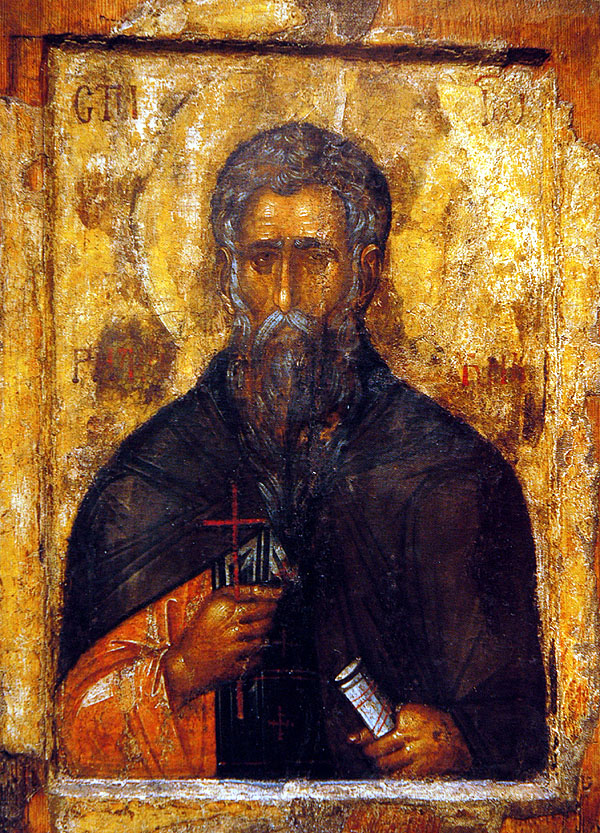Bulgaria
Khan Boris’s son and successor Symeon (r. 893–927) did much to strengthen Orthodoxy in his land, promoting Slavonic culture through sponsoring schools, libraries, and much translation work of the Church Fathers into Slavonic. He gained recognition from Byzantium as being the Emperor, or Tsar, of Bulgaria, and the archbishop of the Bulgarian Church was granted the title of Patriarch. This was highly significant, since this was the first new patriarchate to be established beyond the original five—Rome, Constantinople, Alexandria, Antioch, and Jerusalem.
At Tsar Symeon’s death, his saintly and mild son Peter (r. 927–969) assumed the throne. During his long and peaceful reign, Orthodoxy penetrated deeper into the society of the nation, particularly through the establishment of monasteries in the countryside.

The leading monastic in this time was the famous Saint John of Rila (c. 880–946). He was one of several northern Macedonian hermits who found solitude in the mountains and became great ascetics and miracle-workers. Later in life they established cenobitic monasteries for their disciples. These monasteries had great impact on the spiritual life of the Bulgarians. Probably because Orthodox culture spread from Bulgaria into Russia in the decades after his death, Saint John of Rila became especially well-known in Russia. He is considered to be the patron saint of Bulgaria (Feastday, Oct. 19).
Unfortunately, the dualist heresy of Bogomilism also arose in Bulgaria during Peter’s reign. After Peter’s death, the power of the Bulgarian state began to decline.
